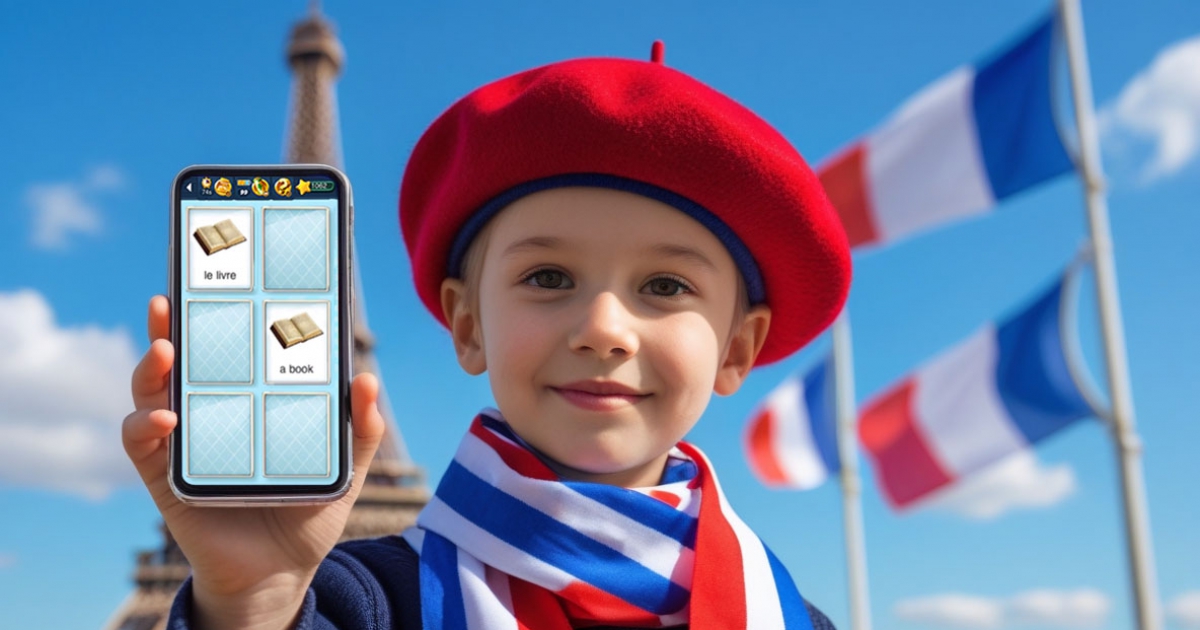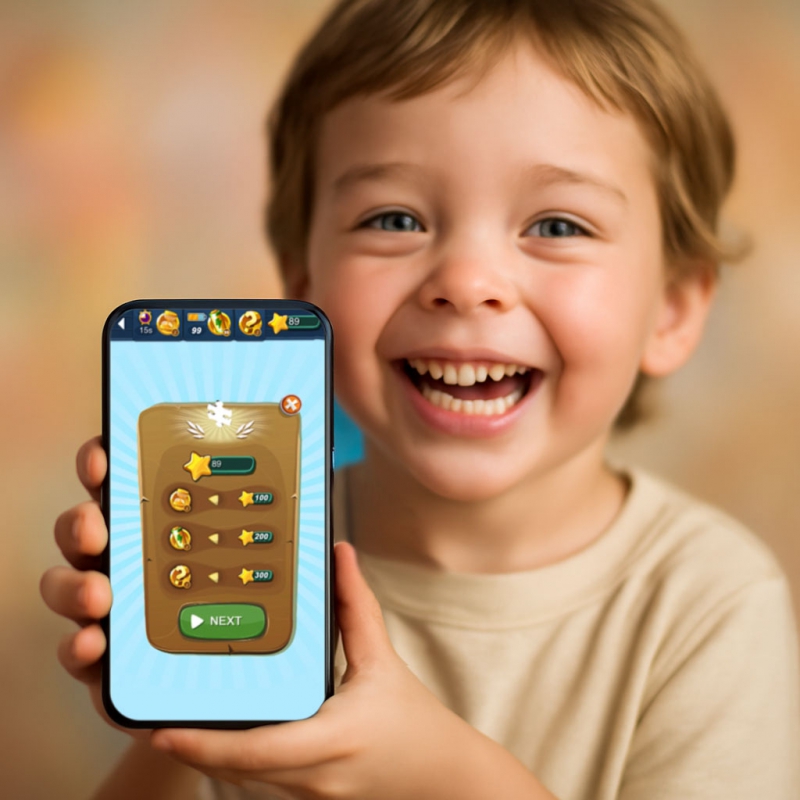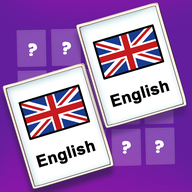French for Kids
Learning French opens doors to 29 countries where it serves as an official language and provides access to the fifth most spoken language worldwide. For children, acquiring French early creates cognitive advantages that extend far beyond bilingualism. Yet parents face a common dilemma: how to introduce French effectively when traditional classroom methods feel overwhelming for young learners, and purely entertainment-based apps lack educational rigor. The intersection of neuroscience and mobile technology has transformed this landscape. Modern language learning applications now leverage research on how the brain actually processes and retains new languages, particularly during the critical period of childhood development.
- How children's brains process new languages
- The multi-sensory learning advantage
- Research-validated app effectiveness
- Memory consolidation
- Thematic vocabulary
- Gamification
- Pricing structure
- Supporting 19 languages
- Integration with comprehensive language education
- Age-appropriate design considerations
- French learning journey
- Addressing common concerns
How children's brains process new languages
When learning a foreign language, the brain recruits associative memory cells through mutual synapse innervations among co-activated brain regions to integrate, store, and retrieve multiple associated signals. This process is particularly powerful in children because their neural pathways remain highly plastic. During initial learning, associations between sensations or events and their word descriptions occur when co-activation of cortical areas recruits associative memory cells that encode these sensations and word descriptions. For a French vocabulary word like "chat" (cat), a child's brain simultaneously processes the image of a cat, the written French word, the pronunciation, and the English equivalent. This multi-sensory integration creates stronger neural connections than single-modality learning. Human memory relies mostly on association, and objects frequently seen together become linked in the mind—when trying to retrieve information, one thing reminds us of another. This explains why children who learn "pomme" (apple) while seeing an apple image and hearing the pronunciation retain the word more effectively than those who simply memorize vocabulary lists.The multi-sensory learning advantage
Research on perceptual learning styles reveals an important nuance often misunderstood by educators. While children do differ in their abilities with different modalities, teaching the child in his best modality doesn't affect educational achievement—what matters is whether the child is taught in the content's best modality.
Research-validated app effectiveness
The skepticism surrounding language learning applications has gradually shifted as empirical evidence accumulates. A meta-analysis synthesizing 80 experimental studies found a medium-to-strong effect in favor of mobile-assisted language learning over traditional-learning control groups. The effectiveness stems from several factors: immediate access to learning material, portability enabling consistent exposure, and personalization that adapts to individual progress. Industry-developed learning applications are based on established learning principles from fundamental memory research, including retrieval-based learning, corrective feedback, spaced learning, and multisensory encoding leading to more robust memory traces. These principles, difficult to consistently implement in classroom settings, become enforceable through well-designed mobile applications.The brain's passive mode and memory consolidation
One of the most fascinating discoveries in neuroscience concerns what happens when we stop actively studying. The brain consolidates and enhances memory of previously learned knowledge through short breaks, which plays an important role in learning. This occurs through the default mode network (DMN), a brain network that activates during rest. At rest, the hippocampus starts processing information, which can increase memory and generate inspiration, transferring knowledge from short-term to long-term memory and consolidating them. For children learning French vocabulary through brief, focused sessions, the periods between learning become as important as the study time itself. Neural replay consolidates memory by activating activity in relevant brain regions at rest, and the frequency of these neural replay events during rest correlates with the degree of memory consolidation. This explains why distributed practice—short study sessions spread across days—produces better outcomes than cramming.Thematic vocabulary organization

- Foundation Vocabulary: Pets, food, colors, numbers 1-10
- School Environment: School supplies, educational tools
- Cultural Elements: Musical instruments, traditional items
- Movement and Travel: Transport, vehicles
- Personal Items: Clothing, accessories
- Natural World: Weather, forest, mountains
- Animal Categories: Wild animals, marine life, exotic species
- Daily Life: Dishes, furniture, household items
- Nutrition: Fruits, vegetables, food groups
- Human Body: Body parts, hospital service
- Occupations: Professions, work-related vocabulary
- Tools and Equipment: Work implements, practical items
- Seasonal Concepts: Winter-themed vocabulary, holidays
Gamification and cognitive engagement

Flexible pricing structure
Memolingo adopts a freemium model where all 32 levels remain accessible without payment. The optional star purchase system allows learners to extend time limits and moves at higher levels:- Starter Package: 500 stars + 100 bonus stars for $
0.99
- Standard Package: 1,000 stars + 300 bonus stars for $
1.99
- Premium Package: 6,000 stars at 50% discount for $
4.99
Supporting 19 languages with 171 combinations
While this article focuses on French learning, Memolingo's support for 19 languages (Spanish, English, Japanese, German, French, Korean, Italian, Arabic, Chinese, Hebrew, Russian, Dutch, Portuguese, Turkish, Greek, Hindi, Bengali, Norwegian, Indonesian) creates 171 possible language pair combinations.Integration with comprehensive language education
Mobile applications like Memolingo complement rather than replace comprehensive language instruction. The 320-word vocabulary foundation it provides (corresponding to CEFR A1-A2 levels, or GSE 22-42) prepares children for more advanced learning contexts. Teachers can incorporate Memolingo into classroom instruction as homework reinforcement. Parents can use it as preparation before enrolling children in formal French classes. The application works best as one component of a broader language exposure strategy that includes:- Conversational practice with native speakers or fluent family members
- French children's books and age-appropriate reading materials
- French-language media (songs, cartoons, films with subtitles)
- Cultural activities that contextualize language within French-speaking traditions
Age-appropriate design considerations
The visual matching-pairs interface eliminates the reading barriers that frustrate pre-literate children. A four-year-old can match images without English fluency, learning French vocabulary through pure association. The audio pronunciation ensures correct accent acquisition during the critical period for phoneme distinction. For older children and beginning adults (the target audience spanning GSE 22-42), the interface provides sufficient challenge without overwhelming complexity. The map-based level progression creates clear advancement paths, while the puzzle-collection mechanic provides tangible achievement markers that maintain motivation across weeks of study.Begin your child's french learning journey

Addressing common concerns
Can an app really teach language effectively?
Research demonstrates that well-designed applications support language acquisition, particularly for vocabulary and pronunciation. Language learning apps are effective at teaching language skills, and studies show produces learning outcomes comparable to or better than classroom instruction. Memolingo focuses specifically on vocabulary acquisition, the foundation upon which other language skills build.
Won't my child get frustrated with the later levels?
The progressive difficulty curve introduces constraints gradually. Early levels allow unlimited time and moves, building confidence and familiarity. Later constraints match children's developing cognitive abilities and attention spans. The optional star system ensures no child hits an insurmountable barrier—parents can provide additional attempts while children develop the working memory capacity for more challenging levels.
Is 320 words enough to call this language learning?
The 320-word vocabulary represents the high-frequency words children encounter in daily life. These concrete nouns form the basis for early conversation, reading, and further study. Despite millions globally using language learning apps, there is limited published research on their impact on speaking skills, but studies show improvement in vocabulary knowledge and communication ability. Memolingo makes no claims beyond vocabulary acquisition—its role is providing this essential foundation efficiently.

